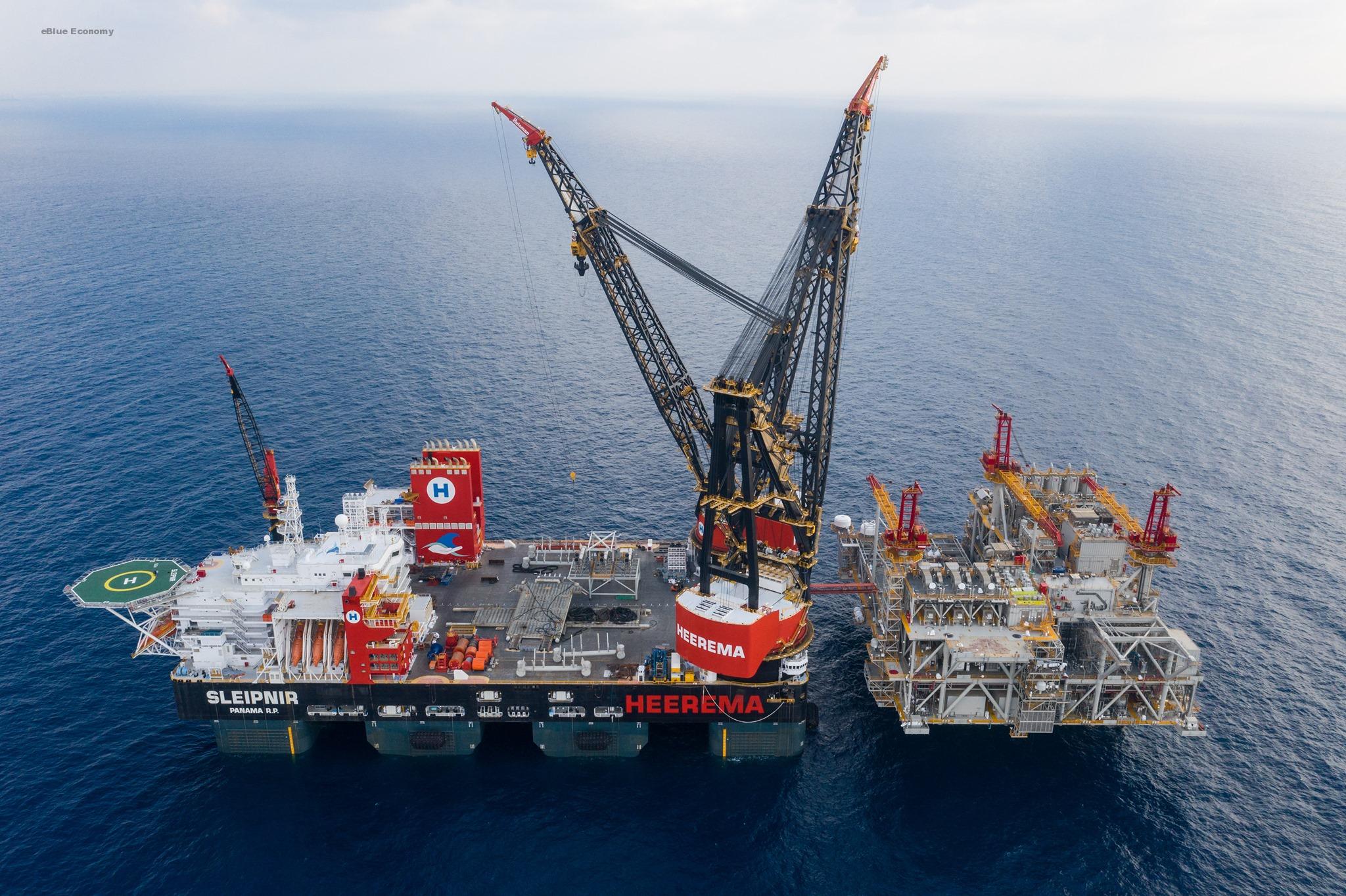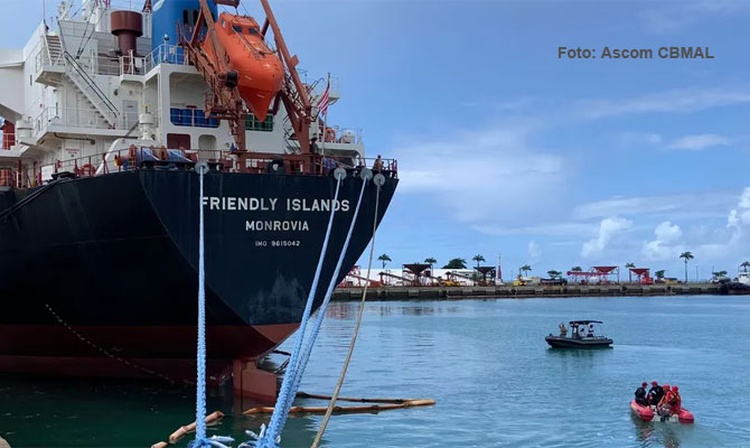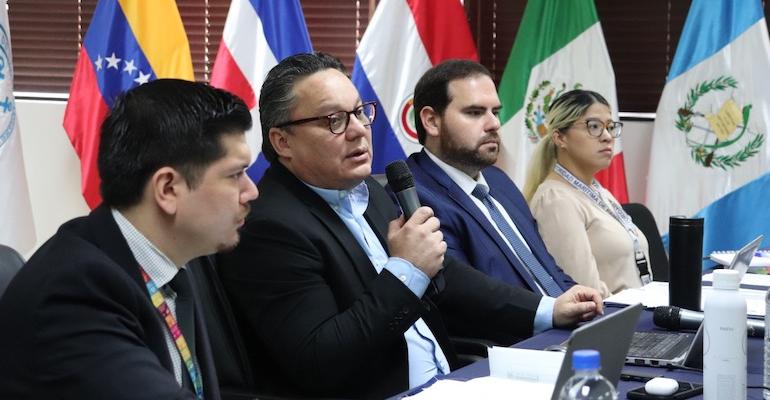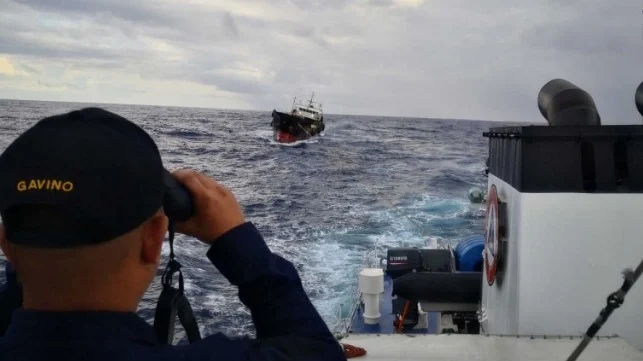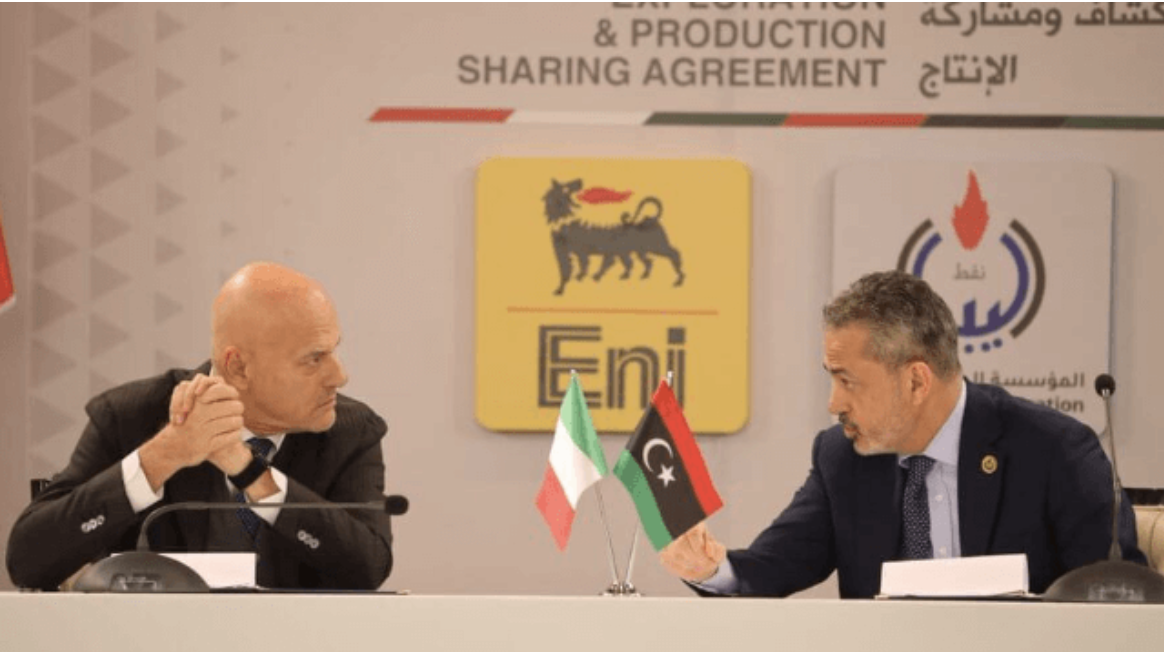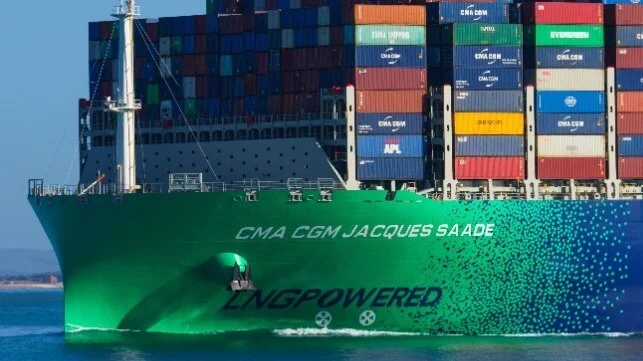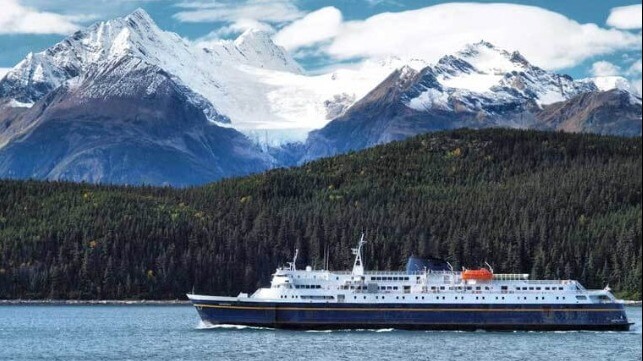Netherlands based offshore contractor ‘Heerema Marine Contractors’ cutting CO2 footprint by providing clean energy to its crane vessels, switching from diesel generators to wind energy
Dutch contractor said today that, by switching off the diesel generators, total emissions will be reduced by the equivalent of the annual emissions of approximately 5,000 diesel cars.
Eneco will supply power from the wind farm on Landtong Rozenburg.


Heerema’s crane vessels are often moored in the Calandkanaal in Rotterdam. The use of clean energy reduces noise and air pollution significantly reduces CO2 emissions.
To supply the power, an “e-house” of 16 by 9 meters will be built on Landtong Rozenburg together with several transformer
Heerema’s vessels will be the prototype for this transition as Eneco and the Port of Rotterdam Authority have set themselves the goal of providing vessels, in addition to those of Heerema, with shore power at other locations in the vicinity.
It is not very common internationally that these types of large vessels are connected to shore power, Heerema said.
According to the contractor, what makes the project truly unique is the direct supply of wind turbine power to these nearby seagoing vessels. Eneco (80%) and the Port of Rotterdam Authority (20%) are now establishing the “Rotterdam Shore Power B.V.” with Heerema as their first customer.
5,000 diesel cars
Heerema’s Sleipnir and Thialf are the largest crane vessels in the world. These crane vessels are regularly moored in the Calandkanaal in Rotterdam for maintenance or to prepare for projects at sea.
The diesel generators of Heerema’s vessels produce approximately the same amount of these emissions each year as do 5,000 diesel cars. By switching off the generators, emissions of CO2 are reduced by approximately 15,000 metric tons each year.
World record maker, LNG powered Semi-Submersible Crane Vessel (SSCV) Sleipnir entered into service in July.
SSCV Sleipnir is equipped with World’s Largest Retractable Thrusters from Wärtsilä and 96 MW total main power plant, consisting of 12 engines of 8 MW each, divided over four engine rooms (three engines per engine room).
Offshore heavy lift vessel Aegir offers the possibility to install offshore structures for the offshore wind industry, like WTG foundations and transformer stations and equipped with 48 MW total main power plant consisting of six diesel generators rated at 8 MW each.
Municipal subsidy
With this innovative project, Heerema, Eneco, the Port of Rotterdam Authority, and the Municipality of Rotterdam want to show that it is possible to supply shore-based power to large seagoing vessels. Because of this demonstration aspect, the municipality has reserved a €2 million subsidy for the project in its 2020 budget.
Heerema’s vessels also need to be converted to connect to shore power. If everything goes according to plan, Heerema’s vessels will be plugged in sometime next year.
Referance :Nauctus Live


